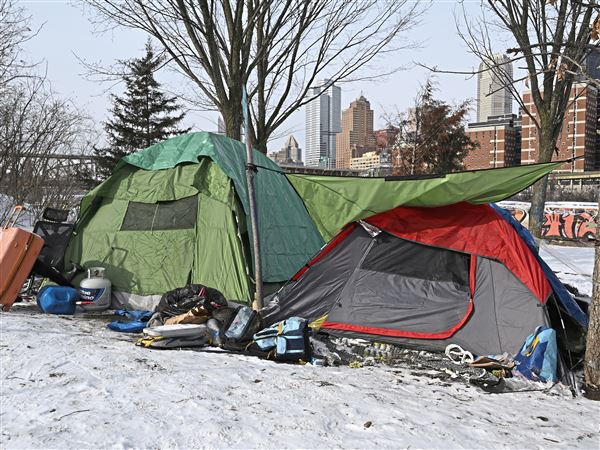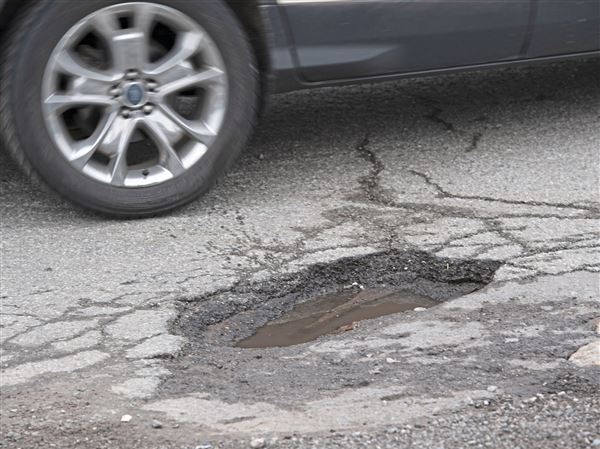President-elect Donald Trump’s appeal in northern industrial states was an economic message of bringing back growth to stagnant communities. He also won in part with a tough line on immigration. Newly released Census data indicate that, when it comes to making policy, he’ll have to choose between those agendas.
Much of the blame for the hollowing out of the Midwest has been placed on the decline of manufacturing, but sluggish population growth has played a big role as well. Slower population growth means fewer new households, which means less demand for housing, restaurants, teachers, health care workers and all other economic activity.
While Pennsylvania, Ohio, Michigan and Wisconsin account for 12.4 percent of the U.S. population, in 2016 they accounted for just 1 percent of the country’s population growth. Pennsylvania’s population actually shrank by more than 7,000 people.
Census data show that, if it weren’t for immigration, those four states’ populations would now be falling significantly. The combined population growth of those four states in 2016 was 23,008 people. Population growth through immigration was 84,770 people. This means that, excluding immigrants, population would have fallen by more than 61,000 people. Since 2010, almost 500,000 immigrants have moved to those four states.
The culprit for stagnant population growth remains domestic migration. More than 113,000 people left those four states in 2016. The winners of domestic migration remain the same states that win every year — Florida and Texas primarily, but also other states in the South and West like North Carolina and Georgia, Washington and Arizona.
There are three mega-trends that, over the next decade, could accelerate this migration and exacerbate the demographic challenges of slow-growth Trump-supporting states even more.
First, baby boomer retirements. In 2017, people born in 1952 hit the retirement age of 65. Baby boomers will be turning 65 every year for the next decade. Domestic migration to Florida and Arizona rose to 268,000 in 2016. The boomers are going to keep leaving Pennsylvania and Michigan for warmer weather as they retire.
Second, millennials are having families and settling down. The Census data show that only 13 states had domestic in-migration in excess of 10,000 people in 2016. All of them are in the South and the West. The North is cold, and the big coastal cities are too expensive. There’s nothing like starting a family to make a household move to the place where they want to spend their lives, and we know from the data where that — affordable suburbs in the South and the West.
Third is the improved housing and labor market. When the housing and labor markets cratered during the recession, people were frozen in place. Many homeowners were underwater on their mortgages and couldn’t sell. Workers had few prospects and stayed in place. But every year that goes by, housing and labor markets improve, and more people have more options. Older homeowners who have regained home equity are finally able to sell and move, while workers have more mobility, as employers desperate for talent widen their geographic nets to fill positions.
Perversely, if the economy improves under Mr. Trump, one indication will be the accelerated decline of the industrial north — unless the departing citizens are replaced by immigrants. This has been the California model for years: Since 2010, California has lost a net 383,000 people to other states, but over that time 826,000 immigrants have come to California, creating net growth.
The Midwest will never have California’s weather, but at this juncture, the only solution to the region’s demographic hole would be a California-like attitude toward immigrants. Otherwise, some future politician will propose building a wall — to keep the region’s people from leaving.
Conor Sen, a portfolio manager for New River Investments in Atlanta, is a columnist for Bloomberg View.
First Published: January 10, 2017, 5:00 a.m.















